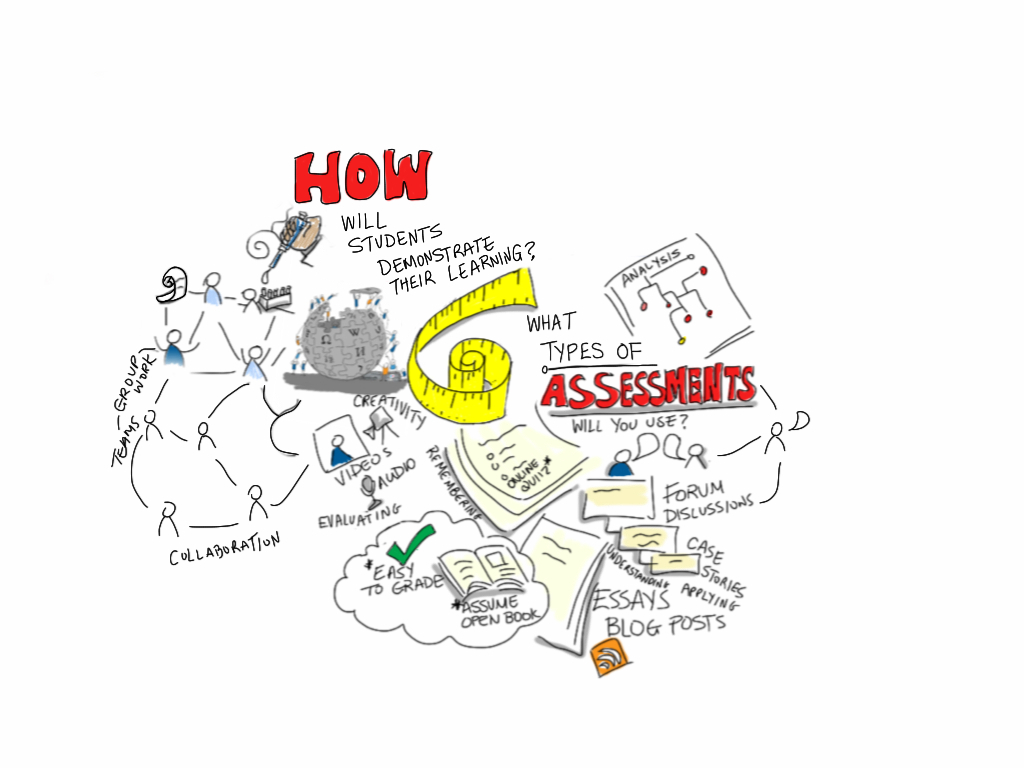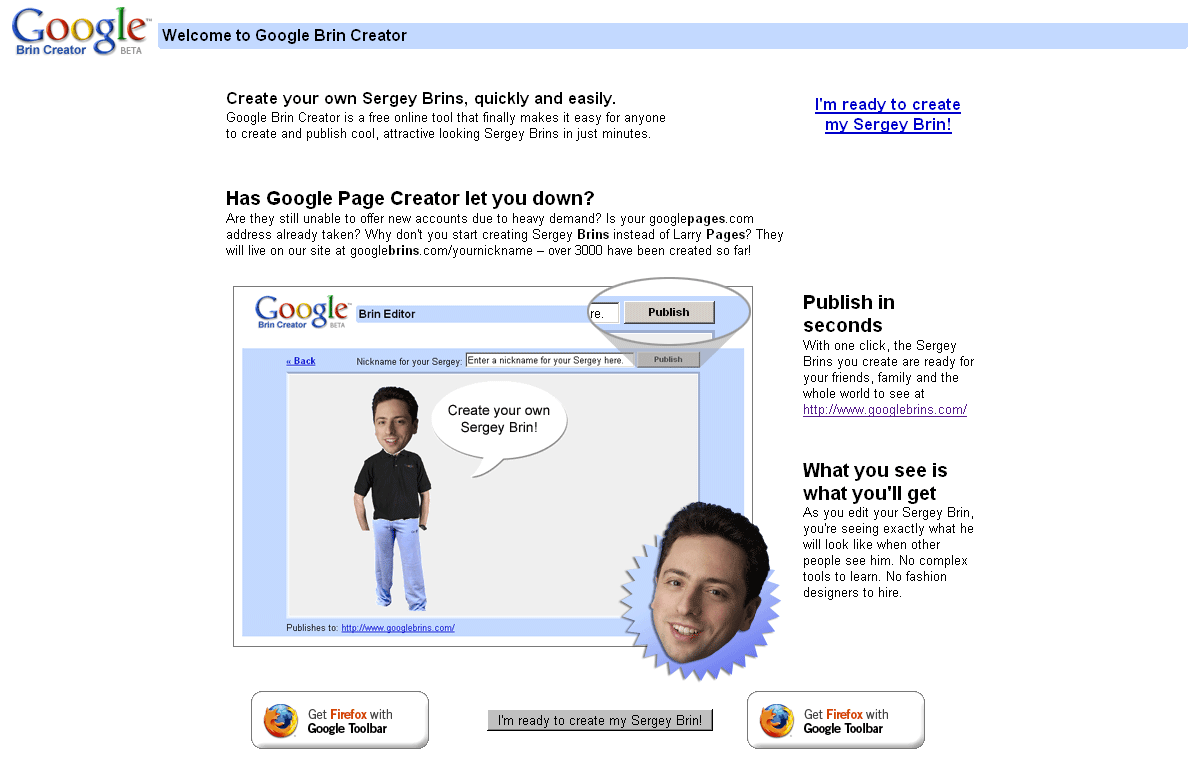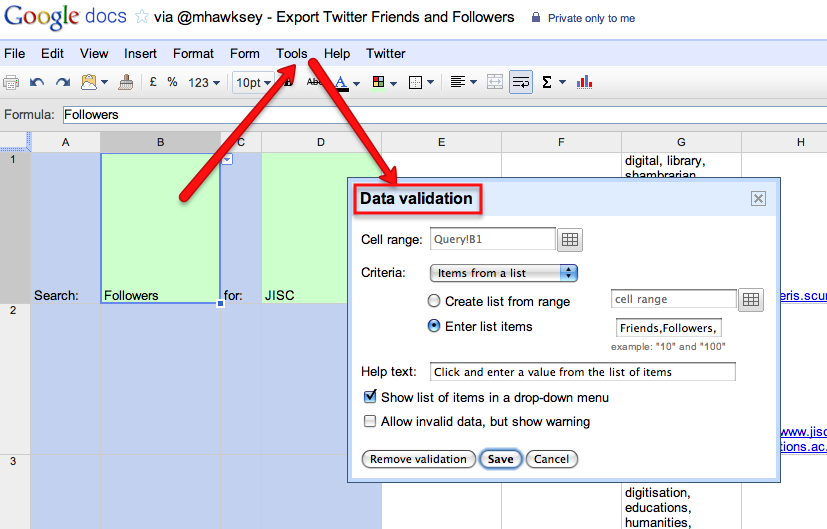Crafting a pricing strategy that resonates with customers and maximizes profitability requires a deep understanding of value. This guide delves into the intricacies of value-based pricing, providing a structured approach to identifying customer needs, evaluating costs, analyzing competitors, and ultimately, implementing a strategy that delivers exceptional value to your customers while optimizing your revenue. Understanding the nuances of different pricing models is crucial, and this guide provides the necessary insights to navigate these complexities.
From identifying different types of customer value to crafting compelling value propositions, this guide provides a roadmap to help businesses establish a robust pricing strategy. We will explore the interplay between costs, competitors, and market trends to create a sustainable and effective value-based pricing model.
Understanding Customer Value

A crucial element in developing a successful value-based pricing strategy is a deep understanding of customer value. This involves moving beyond simply identifying customer needs and delving into the motivations and perceptions that drive purchasing decisions. This understanding allows businesses to tailor pricing strategies to resonate with specific customer segments and maximize profitability.Value is not a monolithic entity; it manifests in various forms and levels of importance for different customers.
Businesses need to recognize the diverse dimensions of value, encompassing both the tangible and intangible aspects of a product or service. This multifaceted approach enables a more accurate reflection of the true worth customers place on an offering.
Identifying Types of Customer Value
Understanding customer value necessitates recognizing the different types of value customers derive from a product or service. Value is not a singular concept but rather a combination of functional and emotional aspects. Customers may value a product’s performance, convenience, or aesthetic appeal, among other factors.
Differentiating Functional and Emotional Value
Functional value relates to the tangible benefits a product or service provides. For instance, the speed of a computer or the durability of a phone are examples of functional value. Emotional value, conversely, encompasses the psychological and subjective benefits a product or service delivers. This could include feelings of status, accomplishment, or even belonging. Often, a product’s emotional value is just as, or more, important to customers than its functional value.
Researching Customer Needs and Preferences
Thorough research is critical to uncovering customer needs and preferences. Various methods can be employed to gather this crucial information, including surveys, interviews, focus groups, and analyzing customer feedback. Understanding customer needs and preferences allows businesses to align their offerings with what customers truly value.
- Surveys: Structured questionnaires can efficiently collect quantitative data on customer preferences and perceived value.
- Interviews: In-depth conversations with customers provide qualitative insights into their motivations and purchasing decisions.
- Focus Groups: Group discussions allow for interactive feedback and deeper exploration of customer opinions.
- Customer Feedback Analysis: Analyzing customer reviews, complaints, and social media interactions can reveal valuable insights into areas for improvement and unmet needs.
Customer Segmentation and Value Drivers
Effective segmentation categorizes customers based on shared characteristics and value drivers. This allows businesses to tailor their pricing strategies to resonate with specific customer segments. A well-defined segmentation framework enables businesses to develop pricing strategies that maximize profitability by aligning with the perceived value of each customer group.
| Customer Segment | Key Characteristics | Value Drivers |
|---|---|---|
| Budget-Conscious Customers | Prioritize affordability and value for money | Price, functional benefits, convenience |
| Premium Customers | Seek prestige, exclusivity, and high-quality features | Brand reputation, quality, status |
| Convenience-Oriented Customers | Value ease of use and accessibility | Speed, efficiency, user-friendliness |
| Tech-Savvy Customers | Embrace new technologies and innovative features | Latest technology, cutting-edge design, customization options |
Defining Value Propositions

A crucial component of a successful pricing strategy is the articulation of a compelling value proposition. This involves clearly communicating the unique benefits your product or service offers to customers, highlighting how it addresses their needs and pain points. A well-defined value proposition is not just a marketing slogan; it serves as a foundational element for setting prices that accurately reflect the perceived value of the offering.Value propositions are not static; they should evolve as the market and customer needs change.
They act as a bridge between your company’s offerings and the desires of your target customers, shaping customer perceptions and driving purchasing decisions. By understanding the specific value propositions associated with various offerings, businesses can more effectively position their products and services in the marketplace, leading to greater customer satisfaction and increased profitability.
Value Propositions and Customer Pain Points
Value propositions directly address customer pain points. Understanding the problems customers face allows businesses to craft value propositions that highlight how their solutions alleviate those problems. For instance, a software company might identify a customer pain point as inefficient data management. Their value proposition would then emphasize how their software streamlines data processes, leading to increased productivity and reduced operational costs.
This connection between pain points and solutions is vital for effective pricing strategies.
Types of Value Propositions
Value propositions come in various forms, each focusing on different aspects of customer benefit. Recognizing the distinctions between these types enables businesses to tailor their messaging to resonate with specific customer segments.
| Value Proposition Type | Description | Example |
|---|---|---|
| Cost Leadership | Focuses on offering a product or service at a lower price than competitors, while maintaining acceptable quality. | A budget-friendly airline emphasizing low fares, although with fewer amenities. |
| Differentiation | Highlights unique features and benefits that set a product or service apart from competitors. | A premium smartphone brand known for advanced camera technology and superior design. |
| Focus | Targets a specific niche market with a product or service tailored to their particular needs and preferences. | A specialized software solution for small businesses in a specific industry. |
| Solution | Emphasizes the resolution of a specific customer problem or need. | A project management software designed to streamline workflows and enhance team collaboration. |
Key Elements of a Compelling Value Proposition
A strong value proposition is characterized by several key elements. These elements ensure the proposition is clear, concise, and impactful, driving customer engagement and purchase decisions.
- Clear and Concise Language: Avoid jargon and use simple, easily understood language that resonates with the target audience.
- Focus on Benefits, Not Features: Highlight the advantages and improvements a product or service brings to customers, not just the technical details.
- Specificity and Measurable Results: Quantify the benefits whenever possible, demonstrating the tangible value proposition for customers. For instance, “reduce processing time by 20%”.
- Target Audience Alignment: Tailor the value proposition to the specific needs and desires of the intended customer segment.
- Unique Selling Proposition (USP): Identify a distinct advantage that differentiates the product or service from competitors, clearly communicating what makes it unique and valuable.
Evaluating Costs and Expenses

A crucial step in establishing a robust value-based pricing strategy is a thorough understanding of your costs. Accurate cost analysis allows you to determine profitable pricing points that cover all expenses while delivering value to customers. This section details the key aspects of evaluating costs and expenses.Understanding your costs is fundamental to setting prices that ensure profitability. It involves identifying all direct and indirect expenses related to product development and production.
Precise cost calculations enable you to determine the minimum price necessary to recoup investment and generate profit.
Types of Costs
Accurate cost identification involves distinguishing between various cost categories. Direct costs are those that can be directly traced to a specific product or service, while indirect costs are shared expenses across multiple products or services.
- Direct Costs: These encompass materials, labor, and manufacturing expenses directly attributable to a product. For example, the raw materials used in producing a phone are a direct cost, as is the assembly line labor involved in its creation. Precise tracking of direct costs is vital for accurate pricing.
- Indirect Costs (Overhead): These are expenses that are not directly tied to a particular product but are essential to running the business. Examples include rent, utilities, administrative salaries, and marketing costs. Accurately estimating overhead is critical for comprehensive cost analysis.
Calculating Product Costs
To calculate the cost of a product or service, sum the direct costs associated with it. A clear methodology for calculating costs is crucial.
Cost of Product = Direct Materials + Direct Labor + Direct Manufacturing Overhead
For example, if a phone requires $50 in raw materials, $75 in labor, and $25 in direct manufacturing overhead, its total cost is $150.
Estimating Overhead Expenses
Estimating overhead expenses requires careful allocation. Several methods exist, including the activity-based costing (ABC) method, which assigns overhead based on the activities consumed by each product.
- Activity-Based Costing (ABC): This method identifies activities that drive overhead costs and allocates overhead based on the consumption of those activities by each product. For instance, if marketing campaigns consume a certain amount of resources, the ABC method can trace those costs to the products benefiting from the campaign. This approach provides a more precise allocation of overhead compared to traditional methods.
- Traditional Method: This method typically uses a single overhead rate, often based on direct labor hours or machine hours. While simpler, it may not accurately reflect the true cost of each product if activities are not uniformly distributed.
Controlling Costs
Controlling costs without compromising quality is paramount. Several strategies can help achieve this balance.
- Negotiating with Suppliers: Strong relationships with suppliers can yield better pricing on raw materials. Negotiation skills are important to secure the most favorable deals.
- Optimizing Production Processes: Streamlining manufacturing processes can minimize waste and improve efficiency. This often involves process improvement initiatives, reducing wasted time or materials.
- Employee Training and Empowerment: Well-trained employees are more productive and less prone to errors. Employee training programs can enhance productivity and reduce costs.
Cost Summary Table
The following table summarizes the various cost components and their estimated percentages. These percentages are illustrative and will vary depending on the specific industry and business model.
| Cost Component | Percentage |
|---|---|
| Direct Materials | 30% |
| Direct Labor | 25% |
| Direct Manufacturing Overhead | 15% |
| Indirect Costs (Overhead) | 30% |
Identifying Competitors’ Pricing Strategies
Understanding competitor pricing strategies is crucial for developing a competitive and effective value-based pricing strategy. Analyzing how competitors price their products or services provides valuable insights into the market landscape and allows for a more informed decision-making process. This section will explore various competitive pricing models, highlighting the importance of market research in this analysis.Competitor pricing strategies can vary widely, reflecting different market positions, target audiences, and business models.
A comprehensive understanding of these strategies is essential for positioning your product or service effectively within the market.
Different Pricing Strategies Employed by Competitors
Competitors employ a variety of pricing strategies to gain market share and achieve profitability. These strategies often involve considering production costs, market demand, competitor actions, and perceived value. Some common strategies include:
- Cost-plus pricing: This strategy involves adding a fixed markup to the cost of production. While straightforward, it doesn’t always account for market dynamics or competitor pricing.
- Value-based pricing: This strategy focuses on the perceived value of the product or service to the customer, aligning price with customer willingness to pay. This often leads to higher prices than cost-plus pricing, but can generate higher profitability.
- Competitive pricing: This strategy involves setting prices based on the pricing of competitors. This approach can be reactive and may not fully capture the value proposition of your product or service.
- Penetration pricing: This strategy involves setting low prices to attract customers and gain market share quickly. This is often used for new products or to enter a new market.
- Premium pricing: This strategy involves setting high prices to position the product or service as a premium or luxury offering. This strategy relies on the perceived quality and desirability of the product or service.
Comparison of Competitive Pricing Models
Different pricing models have unique characteristics and implications for a company’s market position and profitability. A comparative analysis can highlight strengths and weaknesses of each approach.
- Cost-plus vs. value-based pricing: Cost-plus pricing is often simpler to implement, but may not reflect the actual value of the product to the customer. Value-based pricing, on the other hand, focuses on customer perception and willingness to pay, potentially leading to higher profitability but requiring a deeper understanding of the market.
- Competitive pricing vs. value-based pricing: Competitive pricing can be reactive and may not reflect the unique value proposition of your offering. Value-based pricing allows for a more proactive approach, aligning pricing with perceived customer value.
Importance of Market Research in Analyzing Competitor Pricing
Market research is essential for understanding competitor pricing strategies and positioning your own offerings effectively. It provides data-driven insights into the market, enabling you to make informed decisions.Thorough market research allows you to:
- Identify key competitors: Pinpointing the most significant competitors in the market allows for a focused analysis of their pricing strategies.
- Analyze competitor pricing structures: Researching competitor pricing structures helps identify patterns, discounts, and any pricing segmentation strategies.
- Understand customer perception of value: Understanding how customers perceive the value of competing products allows you to adjust your pricing accordingly.
Methods for Gathering Information on Competitor Pricing Strategies
Gathering accurate information on competitor pricing strategies is essential for informed decision-making. Multiple methods can be used to acquire this information:
- Publicly available data: Company websites, financial reports, and industry publications can provide valuable insights into competitor pricing strategies.
- Direct observation: Visiting physical stores or reviewing online product listings can provide real-time data on competitor pricing.
- Surveys and focus groups: These methods can gauge customer perception of competitor products and pricing.
- Competitive intelligence reports: These reports provide a summary of competitor pricing and market trends.
Example: Competitor Pricing Analysis
This table showcases the pricing strategies of three major competitors in the software industry. Note that this is a hypothetical example. Real data should be collected from credible sources.
| Competitor | Pricing Strategy | Example Pricing Model |
|---|---|---|
| Company A | Value-based pricing | Subscription model with tiered pricing based on features and usage |
| Company B | Competitive pricing | Similar pricing to Company A, but with occasional promotional offers |
| Company C | Cost-plus pricing | Fixed price per user, with minimal variation |
Developing Pricing Models

A crucial step in establishing a robust pricing strategy is the selection and implementation of an appropriate pricing model. This involves understanding the different approaches available and choosing the one that aligns best with your product or service’s value proposition, target market, and overall business objectives. This section explores various pricing models, their applications, and practical considerations.Different pricing models cater to diverse business needs and market conditions.
The optimal model often hinges on factors such as product differentiation, market competition, and production costs. Choosing the right model ensures profitability while maintaining competitiveness.
Pricing Model Types
Various pricing models exist, each with its own advantages and disadvantages. Understanding these models is essential for selecting the most suitable approach for your specific circumstances.
- Value-Based Pricing: This model focuses on the perceived value of the product or service to the customer. It emphasizes the benefits and advantages a product offers compared to alternatives, rather than just the cost of production. Value-based pricing often results in higher prices but can yield greater profitability if the perceived value is high.
- Cost-Plus Pricing: This model determines price by adding a markup percentage to the cost of production. While straightforward, it may not always reflect the true market value of the product. It is often used in situations with standardized products or services where establishing a value-based approach is challenging.
- Competitive Pricing: This model bases pricing decisions on the prices charged by competitors. This strategy can be helpful in highly competitive markets but requires a deep understanding of competitor pricing strategies and market trends. It can lead to aggressive pricing wars if not managed carefully.
Value-Based Pricing Calculation
Value-based pricing requires careful assessment of customer value. A crucial step is quantifying the benefits a product or service provides. One approach is to use a comparative analysis of the product’s features against those of competitors.
Calculating value-based price often involves:
- Identifying customer needs and benefits
- Quantifying the benefits offered by the product or service
- Determining the value proposition relative to competitors
- Establishing a price that reflects the perceived value
For instance, a software solution might be priced higher than a similar competitor’s if it offers superior functionality, faster processing speeds, or more comprehensive customer support.
Pricing Model Comparison
The following table summarizes the key differences between the various pricing models.
| Pricing Model | Focus | Advantages | Disadvantages |
|---|---|---|---|
| Value-Based | Customer value and benefits | Higher potential profitability, better reflection of market value | Requires careful value assessment, can be challenging in competitive markets |
| Cost-Plus | Production costs and desired profit margin | Simple to implement, easy to calculate | May not reflect market value, potentially undervalue product or service |
| Competitive | Competitor pricing | Simple to implement in competitive markets, avoids pricing wars | Potentially ignores the value of your product, might undervalue unique selling points |
Implementing a Value-Based Pricing Strategy
A step-by-step guide for implementing a value-based pricing strategy is as follows:
- Customer Value Assessment: Identify and analyze customer needs, pain points, and perceived value.
- Value Proposition Definition: Define your product’s or service’s unique value proposition, focusing on benefits over features.
- Competitive Analysis: Understand competitor pricing strategies and their value propositions to identify pricing gaps.
- Value-Based Pricing Calculation: Determine a price that reflects the perceived value to the customer, considering costs and market conditions.
- Pricing Communication: Effectively communicate the value of your product or service to justify the price.
Adjusting Pricing for Market Fluctuations
Market conditions frequently change, requiring pricing adjustments. Strategies for adapting to these fluctuations include:
- Monitoring Market Trends: Regularly analyzing market trends, including competitor pricing, economic conditions, and consumer demand, is essential for informed pricing adjustments.
- Flexible Pricing Models: Implementing dynamic pricing models that adjust prices in response to real-time demand fluctuations can be beneficial in certain markets.
- Promotional Pricing Strategies: Using promotions, discounts, or bundles can stimulate demand and address temporary market downturns.
Implementing the Strategy
A robust value-based pricing strategy hinges not just on meticulous analysis but also on effective implementation. This involves clear communication, consistent customer engagement, and a dynamic approach to adapting to market changes. Successfully integrating the strategy requires a well-defined plan for communicating the value proposition to the sales team, customers, and internal stakeholders.Effective implementation involves adapting pricing to different customer segments while consistently monitoring and evaluating the strategy’s performance.
This iterative process enables adjustments based on market response and customer feedback, ensuring long-term success.
Communicating the Value-Based Pricing Strategy to the Sales Team
The sales team is the front line in conveying the value proposition to customers. Providing comprehensive training and resources equips them to articulate the value behind the price. This involves not just understanding the pricing model but also the specific value proposition for each product or service. Sales team members should understand the rationale behind the price increases and be able to justify them in a compelling way.
Clear communication fosters trust and facilitates successful sales conversions.
Importance of Customer Communication and Feedback
Customer feedback is crucial for refining the pricing strategy and ensuring customer satisfaction. Gathering feedback through surveys, reviews, and direct communication channels helps gauge customer perception of the value proposition. This allows for adjustments to the pricing model and product/service offerings to better align with customer needs and expectations.
Tailoring Pricing to Different Customer Segments
Recognizing distinct customer segments with varying needs and price sensitivities is essential. By identifying these segments and their unique value drivers, tailored pricing models can be developed. For example, a company selling software might offer different tiers with varying functionalities and prices, catering to different user needs and budgets. A business-to-business (B2B) company might offer volume discounts to larger corporations or specialized pricing to specific industry verticals.
Customer segmentation ensures that the pricing strategy effectively resonates with the diverse needs of different customer profiles.
Monitoring and Evaluating the Effectiveness of the Strategy
Continuous monitoring is vital to gauge the strategy’s effectiveness. Tracking key performance indicators (KPIs) like revenue, sales volume, customer acquisition cost, and customer lifetime value provides a clear picture of the strategy’s impact. Regular analysis of these metrics helps identify areas for improvement and allows for timely adjustments to the pricing model.
Using Data Analysis to Refine the Pricing Strategy
Data analysis plays a critical role in refining the value-based pricing strategy. Analyzing sales data, customer feedback, and market trends enables informed decisions regarding price adjustments. For example, identifying customer segments who are particularly responsive to certain price points can help in tailoring pricing models for maximum impact.
Communication Channels for Informing Customers of the New Pricing Structure
Effective communication of the new pricing structure to customers is crucial for maintaining positive relationships. A well-structured communication plan will use multiple channels to ensure maximum reach and clarity.
| Communication Channel | Description | Example |
|---|---|---|
| Email Newsletters | Regular updates on pricing changes and value-added benefits. | Highlighting new features included with the higher price tiers. |
| Website Updates | Clear and concise information on the new pricing structure, easily accessible on the website. | Detailed explanation of the pricing model and the value proposition associated with each tier. |
| Customer Service Representatives | Training customer service representatives to answer questions and address concerns regarding the new pricing. | Equipping representatives with FAQs and specific examples to clearly explain the pricing structure. |
| Direct Mail | Targeted communications to specific customer segments. | Personalized letters to customers upgrading to a higher tier to highlight the benefits of the new pricing structure. |
Analyzing Pricing Models
Value-based pricing strategies are not one-size-fits-all. A successful approach requires careful analysis of various pricing models, considering the nuances of different products and services, and the dynamic market environment. This section delves into the critical factors of model selection and optimization, ensuring a pricing strategy that aligns with customer value and maximizes profitability.
Different Pricing Models and Suitability
Various pricing models exist, each with its strengths and weaknesses. Choosing the appropriate model hinges on understanding the product or service’s characteristics, target market, and competitive landscape. Cost-plus pricing, value-based pricing, and competitive pricing are common examples. Cost-plus pricing is straightforward, calculating price based on production costs plus a markup. Value-based pricing, however, focuses on perceived customer value, often resulting in a higher price point but potentially attracting customers seeking superior quality or features.
Competitive pricing, in contrast, benchmarks prices against competitors, adjusting based on prevailing market trends.
Pricing Models for SaaS vs. Physical Products
The pricing models for SaaS (Software as a Service) and physical products differ significantly. SaaS products often leverage subscription-based models, offering recurring revenue streams and enabling companies to adapt to customer needs over time. Examples include monthly or annual subscriptions, tiered pricing based on features or usage, and volume discounts. Physical products, on the other hand, typically use one-time purchase pricing models, with pricing often dictated by manufacturing costs, raw material prices, and competitive pressures.
Value-based pricing can be applied to physical products, but the recurring revenue model is not as common as in SaaS. The cost of production, distribution, and maintenance of the product all play a role in the pricing structure.
Optimizing Pricing Models Based on Feedback and Trends
Regularly collecting and analyzing customer feedback is crucial for optimizing pricing models. This feedback, combined with ongoing market trend analysis, can provide invaluable insights into how customers perceive value and what adjustments are needed to maximize revenue. For example, a company might find that a specific feature is highly valued by customers, prompting a price increase for that feature in a tiered subscription model.
Market research, customer surveys, and competitor analysis provide critical data for informed decisions. Adapting to shifts in consumer demand or market saturation is key to maintaining competitiveness.
Adjusting Pricing Strategies Based on Economic Factors
Economic downturns, inflation, and other macroeconomic factors can significantly impact pricing strategies. During periods of economic uncertainty, a company might choose to adopt a more competitive pricing strategy, focusing on value and price sensitivity. Conversely, during periods of economic growth, companies may explore value-based pricing, potentially increasing prices if customers are willing to pay a premium. Adjusting pricing based on inflation, or fluctuating raw material costs, is crucial for maintaining profitability and sustainability.
Successful Value-Based Pricing Strategies in Different Industries
Numerous successful value-based pricing strategies exist across diverse industries. For example, in the technology sector, companies often focus on the long-term value proposition of their software or hardware, highlighting benefits like increased productivity or reduced operational costs. In the healthcare industry, value-based pricing strategies often emphasize improved patient outcomes and reduced healthcare costs.
Categorizing Pricing Models by Product Type
| Product Type | Pricing Model Examples |
|---|---|
| SaaS Software | Subscription-based, tiered pricing, usage-based, freemium |
| Physical Goods | One-time purchase, volume discounts, tiered pricing based on features, value-based pricing |
| Services (Consulting, Legal, etc.) | Hourly rates, project-based pricing, value-based pricing, retainer agreements |
This table offers a general overview. Specific pricing models might be tailored further based on individual product features, target customer segments, and other strategic considerations.
Conclusion

In conclusion, developing a successful value-based pricing strategy is a multifaceted process. By understanding customer value, defining value propositions, evaluating costs, analyzing competitors, and implementing a well-defined pricing model, businesses can create a pricing structure that resonates with customers, enhances profitability, and drives long-term success. This comprehensive guide provides a practical framework to navigate the intricacies of value-based pricing, enabling businesses to make informed decisions and maximize their return on investment.